Diamond tetra - Moenkhausia pittieri
Scientific name: Moenkhausia pittieri
Common name: Diamond tetra
Family: Characidae
Usual size in fish tanks: 5 - 6 cm (1.97 - 2.36 inch)
014
Recommended pH range: 5.5 - 7
Recommended water hardness: 5 - 12°N (89.29 - 214.29ppm)
0°C 32°F30°C 86°F
Recommended temperature range: 24 - 28 °C (75.2 - 82.4°F)
The way how these fish reproduce: Spawning
Where the species comes from: South America
Temperament to its own species: peaceful
Temperament toward other fish species: peaceful
Usual place in the tank: Middle levels
General Information
The Diamond tetra (Moenkhausia pittieri; often placed in Makunaima) is a peaceful, shimmering characin endemic to the Lake Valencia basin in Venezuela, inhabiting slow, leaf-littered streams and vegetated backwaters. Adults reach ~5–6 cm and look best in a proper shoal of 8–10 . Males develop noticeably elongated dorsal/anal fins and stronger iridescence as they mature.
Food & Feeding
Omnivorous micro-predator. Use quality micro-flakes or small sinking granules as staple, and rotate frozen/live foods (baby brine shrimp, daphnia, cyclops, finely chopped bloodworms) for color and condition. A little vegetable matter (spirulina, blanched greens) is beneficial. Feed small portions 1–2× daily to protect water quality.
Sexing
Males are slimmer with much longer dorsal (and often anal) fins and brighter sheen; females are deeper-bodied, especially when gravid.
Breeding
An egg-scattering free spawner with no parental care. Use a small, dim breeding tank with very soft, acidic water, fine plants/spawning mops or marbles, and keep it dark—tetra eggs are light-sensitive. Remove adults post-spawn. Eggs typically hatch in ~24–36 hours; fry are free-swimming a few days later. Start with infusoria/liquid fry food, then Artemia nauplii.
Lifespan
Commonly 3–5 years with clean, stable water and low stress.
Tank Requirements & Water Parameters
- Tank size: long tank of at least 60–75 cm length for a group; larger volumes stabilize water.
- Water: aim for soft, slightly acidic conditions: pH ~5.5–7.0, hardness ~5–12 °dH, temperature 24–28 °C (75–82 °F). Keep nitrate very low.
- Aquascape & light: dark substrate, wood/leaf litter and robust planting; floating plants to diffuse light (they dislike bright lighting). Gentle flow, high oxygen.
- Maintenance: small, frequent water changes; avoid abrupt parameter swings.
Compatibility & Tank Mates
Peaceful shoaler. Works well with other small, calm fishes that enjoy soft water (small rasboras/pencils, peaceful dwarf cichlids, small Corydoras). Avoid very long-finned or very slow species if your group is small or under-occupied.
Behaviour & Usual Place in the Tank
Active mid-water schooler that flashes between open lanes and cover; provide both open swimming space and shaded retreats.
Short Description
Diamond tetras are sparkling Venezuelan characins from the Lake Valencia basin. Keep them in groups in soft, slightly acidic, dimly lit aquaria; feed varied micro-foods. Breeding is achievable in very soft, darkened setups, with eggs hatching in about a day. Note: wild populations are considered threatened; trade fish are typically captive-bred.
Q&A
- Where are they from? The Lake Valencia (Venezuela) basin; slow, vegetated, leaf-littered waters.
- How many should I keep? At least 8–10 to reduce skittishness and show schooling.
- Do they like bright light? Not really—use floating plants/shade for best color and confidence.
- Eggs light-sensitive? Yes—darkness improves hatch rates; eggs typically hatch in ~24–36 h.
Pictures
Bought by aqua-fish.net from jjphoto.dk.
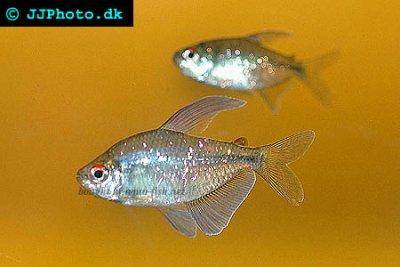






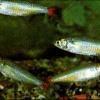 Bloodfin
Bloodfin 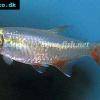 Bloodfin
Bloodfin 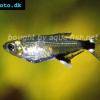 Panda
Panda 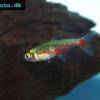 Green
Green 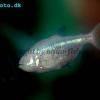 Blind
Blind 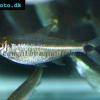 Kennedy
Kennedy 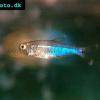 Blue
Blue 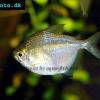 Discus
Discus 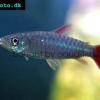 Pink
Pink 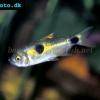 Bucktoothed
Bucktoothed 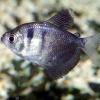 Black
Black 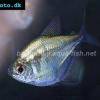 False
False 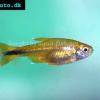 Silver
Silver  Hemigrammus
Hemigrammus 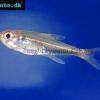 Dash-dot
Dash-dot 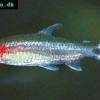 Rummy
Rummy 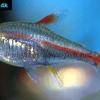 Glowlight
Glowlight 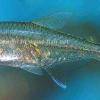 January
January 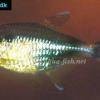 Head
Head 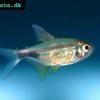 Garnet
Garnet 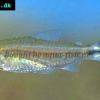 Rummy
Rummy 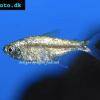 Gold
Gold 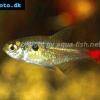 Red
Red 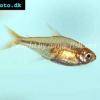 Ember
Ember 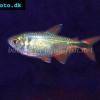 Buenos
Buenos 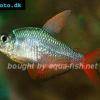 Colombian
Colombian 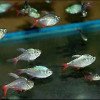 Ecuador
Ecuador 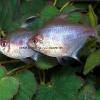 Bleeding
Bleeding 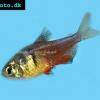 Flame
Flame 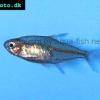 Georgett’s
Georgett’s 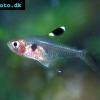 Griems
Griems 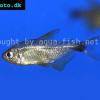 Kitty
Kitty 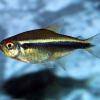 Black
Black 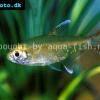 Firefin
Firefin 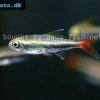 Loreto
Loreto 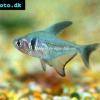 Black
Black 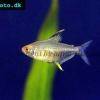 Lemon
Lemon 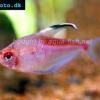 Redback
Redback 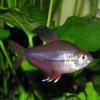 Rosy
Rosy 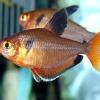 Serpae
Serpae 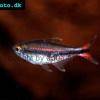 Savanna
Savanna 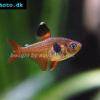 Red
Red 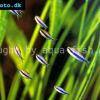 Blue
Blue 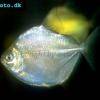 Silver
Silver 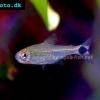 Ceros
Ceros 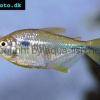 Napo
Napo 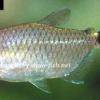 Red
Red 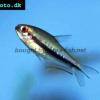 Rainbow
Rainbow 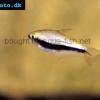 Emperor
Emperor 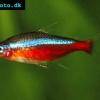 Cardinal
Cardinal 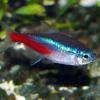 Neon
Neon 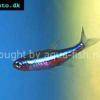 Green
Green 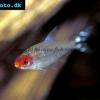 False
False 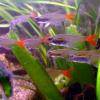 Glass
Glass 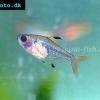 X-ray
X-ray 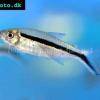 Penguin
Penguin